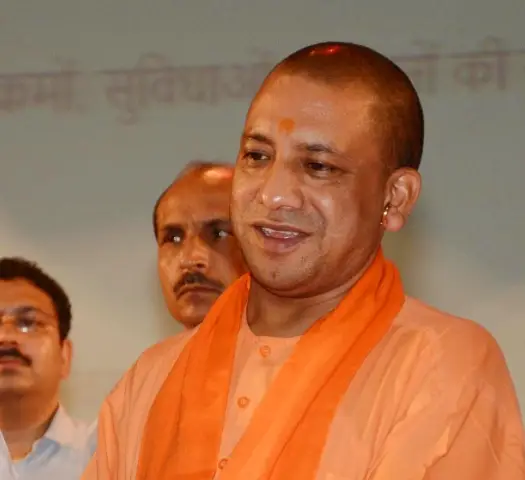Hopes for thousands of weavers in Varanasi, weaving the famous Banarasi sarees have rekindled with the boom in tourist inflow. The weavers, majority of whom are Muslims, expect demand for the Banarasi work to surge amid the multiple G20 meetings slated to take place in this ancient city through the year.
Sale of Banarasi sarees –marked with intricate embroidery and handwork –has already doubled in the last one year since the Kashi Vishwanath Temple Corridor project has been opened for the public. The corridor has led to a boom in tourism.
Last year, this ancient city received about 7 crore tourists.
“The awareness about our weavers, the craft and the sarees along with other products such as tops and dupattas has risen in the last one year and so has the demand,” Shahid Ansari, the fourth generation owner of Kasim Sarees, located in the interiors of a narrow lane of the city told, India Narrative. Some of the weaving units in Varanasi have been operational for more than a hundred years.
Since the Covid pandemic, the weavers have been struggling. Rising prices of raw materials posed a serious challenge to them. Earlier this year, Uttar Pradesh Chief Minister Yogi Adityanath announced the Chief Minister Weaver Solar Energy Scheme under which the weavers are provided grants to set up solar plants.
Besides the weavers last year also urged the government to chalk out measures to increase their income levels and also pensions.
“The government has done quite a bit but we are hopeful that it will provide more support us, it is crucial to keep this art alive,” Ansari said.
Ansari said that with the sudden surge in demand for these sarees, skilled weavers are now in short supply even as most of the work is now machine driven.
“We are expecting sales to further increase in the coming months with the G20 meetings taking place here. There are a lot of activities in Varanasi now, which in turn will promote our craft,” he added.
In 2019, the export value of these Varansai silk products was estimated at Rs 216 crore under the UP Government’s One District-One Product Programme.
Survival of the Banarasi weaving units categorised as micro small and medium enterprises are critical to ensure that this Indian tradition does not die a quiet death.
Also read: Varanasi, icon of Indian civilization and New India, gets a dramatic makeover ahead of G20 meetings




















